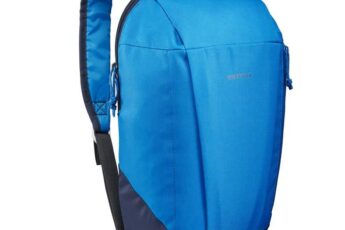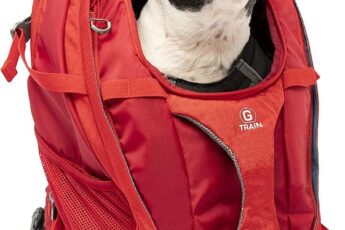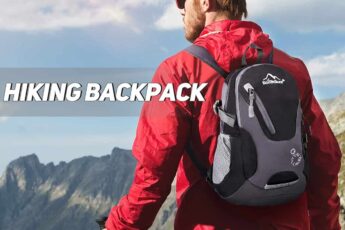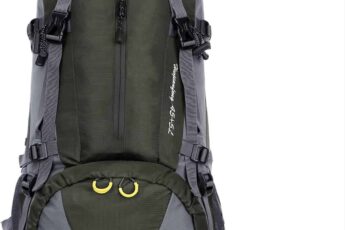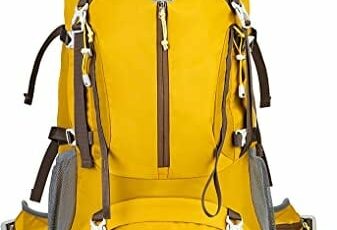There are a few key factors to consider when choosing a hiking backpack. These factors include comfort, storage capacity, ventilation, and size. While the size of a hiking backpack is the most important consideration, there are other factors to consider as well. For example, you may want to choose a backpack with many pockets to save space.
Comfort
One of the most important factors to consider when choosing a hiking backpack is comfort. A comfortable backpack will be easier to carry and will not cause you pain or strain. There are a few different ways to find a hiking backpack that is comfortable for you. First, check out the suspension system. Most daypacks have a suspension system, which is part of the backpack that comes into contact with your body. A good suspension system will allow you to comfortably carry the load without feeling pain. On the other hand, a poorly fitted suspension system can be a source of great pain.

Another important factor is the number of pockets. Some people like to have lots of pockets, while others prefer a pack that is streamlined and has few compartments. Consider how many pockets you need and whether they are large enough. Side pockets are great for holding small items. Hipbelt pockets are another good place to store small items. You might also want to look for a pack that has shovel pockets, which are flaps on the front of a pack that are closed by a buckle. These are traditionally used for carrying a snow shovel, but are now common on 3-season backpacks.
Size
When it comes to hiking, the size of a hiking backpack can be crucial. A backpack that is too large for you can make it difficult to carry your gear. The bigger your backpack is, the less comfortable it will be. As you get more agile, you may want a more compact model. Luckily, there are a number of options available today.
Storage
When choosing a hiking backpack, it’s important to consider how you will use it and the storage capacity you need. A hiking backpack with several compartments will help you organize all of your items so you can find what you need quickly. Other features you may want include internal hydration sleeves, water reservoirs, and separate compartments for wet and dry gear. Some models also have hip belt pockets for easy access to other items.

When it comes to compartments, a large hiking backpack will generally have a zippered bottom compartment and a zippered top compartment. Other backpacks may have a single large compartment. Zippers that wrap around the backpack are the easiest to use, and long zippers will make packing and unpacking much easier. However, a small number of manufacturers make a large hiking backpack with more than two compartments. The most common closure systems include buckles, zippers, hook-and-loop fasteners, and Velcro. Another option is a drawstring or cord lock.
Ventilation
Ventilation is a very important consideration when choosing a hiking backpack. Choosing a backpack with adequate ventilation will help keep your back dry and prevent you from feeling hot or sweaty on long hikes. Make sure to check out features like a ventilation system in the back panel. It’s also important to check out features like a suspension mesh back panel.
A good hiking backpack should have a large main compartment and a number of external stash points for smaller items and better load organization. It should also feature straps and latches for your trekking poles and sleeping bag. It should also feature a back panel with ventilation, which is especially important if you’ll be hiking in warm weather.

Durability
The material used to make a hiking backpack is very important, as it should be able to withstand the toughest conditions. It should be made of heavy-duty material, and the zippers and stitching should be able to withstand rough handling. However, it is also important to know how to care for a hiking backpack. You should thoroughly clean and maintain it every few months, or after every trip you take. Proper care and maintenance will prolong the life of your backpack.
A good quality hiking backpack should be able to last at least a decade or more, but it should be kept in tip-top shape to avoid premature wear and tear. In addition to taking care of the backpack, it is important to make sure that you do not overload it with too many heavy items. If you are using your backpack for long periods of time, overpacking can damage it.
aeorienteering.com is reader-supported. When you buy through links on our site, we may earn an affiliate commission.

